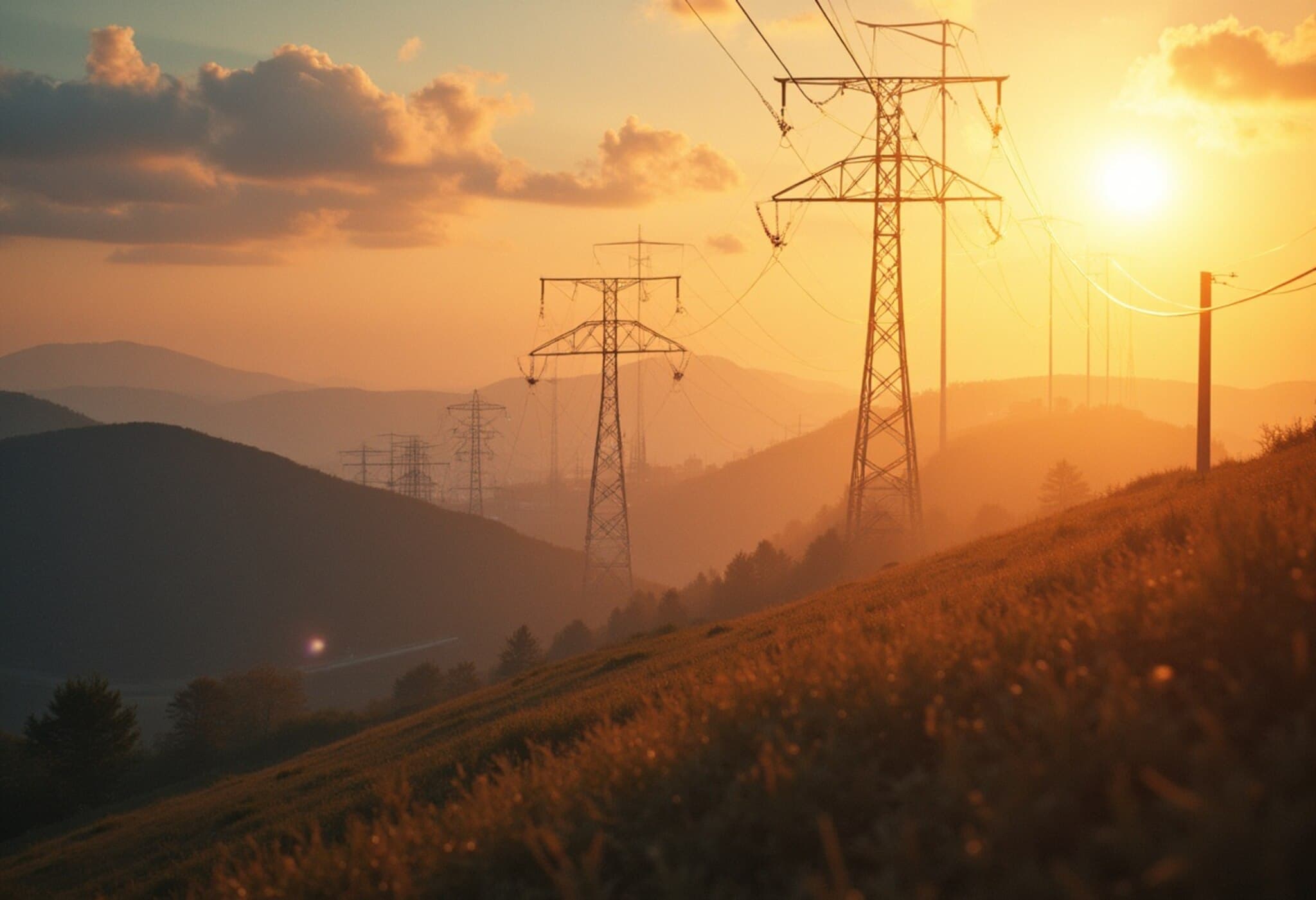Europe’s Energy Systems Under Siege as Heatwaves Push AC Usage to New Heights
This summer, Europe has faced a monumental shift in its energy landscape brought on by relentless heatwaves linked to climate change. Unprecedented spikes in air conditioning use amid soaring temperatures have consequently strained the continent’s electrical networks, leading to blackouts and record electricity prices.
Record-Breaking Heat Drives Power Demand to Uncharted Levels
June 2025 was the hottest month ever recorded in Western Europe, sparking a wave of intense heat stretching into July. This blistering weather prompted Europeans to turn on air conditioners en masse, dramatically increasing electricity consumption. Data from the industry group Eurelectric reveals a 7.5% uplift in EU-wide electricity demand during the peak heatwave period (June 23 to July 3) compared to the previous year. Spain exemplified this trend with demand surging 16% as temperatures soared beyond 40ºC.
The Unprecedented Shift in Seasonal Energy Demand
Historically, Europe has seen its highest electricity demand during the chilly winter months, primarily driven by heating needs. However, the persistent heat of recent summers is tipping this trend. Jan Rosenow, energy program lead at Oxford University's Environmental Change Institute, explains: "The past summer has marked a massive change for Europe’s power systems. If summers continue to heat up, peak electricity demand could permanently shift from winter to summer." For instance, early July’s power consumption in Germany reached 1.5 terawatt-hours, mirroring typical January levels. Spain’s electricity use during the heatwave even surpassed its usual winter peak.
Heatwaves Challenge Power Production and Grid Stability
Not only has demand surged, but energy supply has also been compromised. Several nuclear power stations had to reduce output or temporarily shut as extreme heat made it difficult to cool reactors effectively. Similarly, hydropower generation declined due to lowered river levels and elevated water temperatures. In the UK, SSE reported a dramatic 40% drop in hydropower output in the first half of 2025 amid drought conditions.
The impact on grid stability quickly became tangible. Italy witnessed severe blackouts on July 1 in cities like Florence and Bergamo amid scorching 40ºC heat. Hundreds of residences and businesses lost power for hours, disrupting daily life and forcing emergency measures such as evacuations and generator deployments. Kristan Ruby, Secretary-General of Eurelectric, warns that grid operators are facing an "increasingly tough reality" and must urgently prepare for these new extremes.
Long-Term Implications for Energy Infrastructure Amid Climate Risks
The reliance of many power plants — especially nuclear and coal facilities — on river water for cooling poses serious sustainability questions. With rivers warming, power plants cannot discharge heated water without damaging ecosystems, forcing capacity cuts and threatening fuel transport where barges are affected by low water levels.
Recognizing these challenges, the European Union’s upcoming 2028 budget emphasizes the need for "climate-resilient" energy infrastructure, engineered specifically to withstand increasingly frequent extreme weather events.
Solar Power Shines Amid the Crisis but Storage Gaps Widen
Solar energy provided a silver lining this summer, breaking generation records by increasing 22% year-on-year in June and supplying much-needed electricity during daylight. However, insufficient storage technology means that after sunset, the grid faces shortages, driving soaring electricity prices. Pawel Czyzak, Europe Program Director at the think tank Ember, highlights that "while solar surplus helped avoid blackouts during the day, lack of storage led to high price spikes at night, with electricity prices doubling or tripling in late June" — exceeding €400 per megawatt-hour in Germany and climbing above €470/MWh in Poland.
Expert Insights: Preparing for a Hotter, More Electrified Future
Europe’s experience offers a vital case study for global energy policymakers. The shift towards summer peak demand, the vulnerability of existing power plants to heat and water stresses, and the accentuated price volatility all underscore the urgency of adapting energy systems for resilience.
- Investment in robust, climate-proof infrastructure is no longer optional but essential.
- Accelerating energy storage solutions will be critical to harnessing daytime renewable surpluses and stabilizing costs.
- Diversifying energy portfolios can reduce overdependence on water-cooled power generation sensitive to climate variability.
For the United States and other regions, Europe’s heatwave-powered grid stress offers a cautionary tale about the intersection of climate change and energy security. Policymakers must anticipate shifting demand patterns and reinforce grid resilience to avoid similar crises during extreme weather events.
Editor’s Note
The 2025 European heatwaves have exposed vulnerabilities in power systems once thought resilient. With summers rapidly heating due to climate change, energy grids worldwide face unprecedented pressures. The urgent challenge ahead lies in transforming energy infrastructure to be sustainable, scalable, and weatherproof — ensuring that a hotter world does not spiral into recurrent blackouts and skyrocketing costs. How will policymakers balance the immediate need for grid stability with the longer-term imperative for climate adaptation and decarbonization? This evolving story will test the limits of innovation, regulation, and societal will.



















